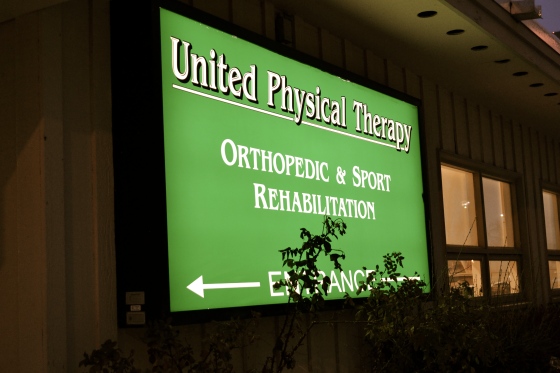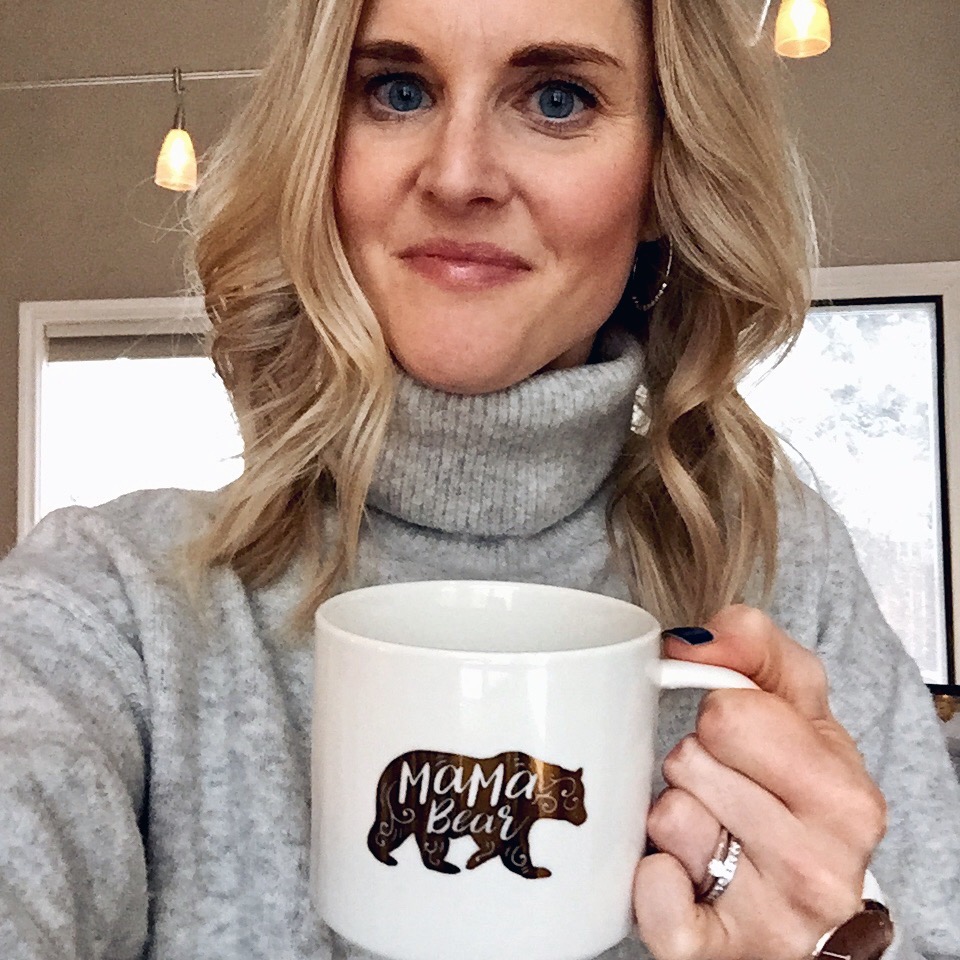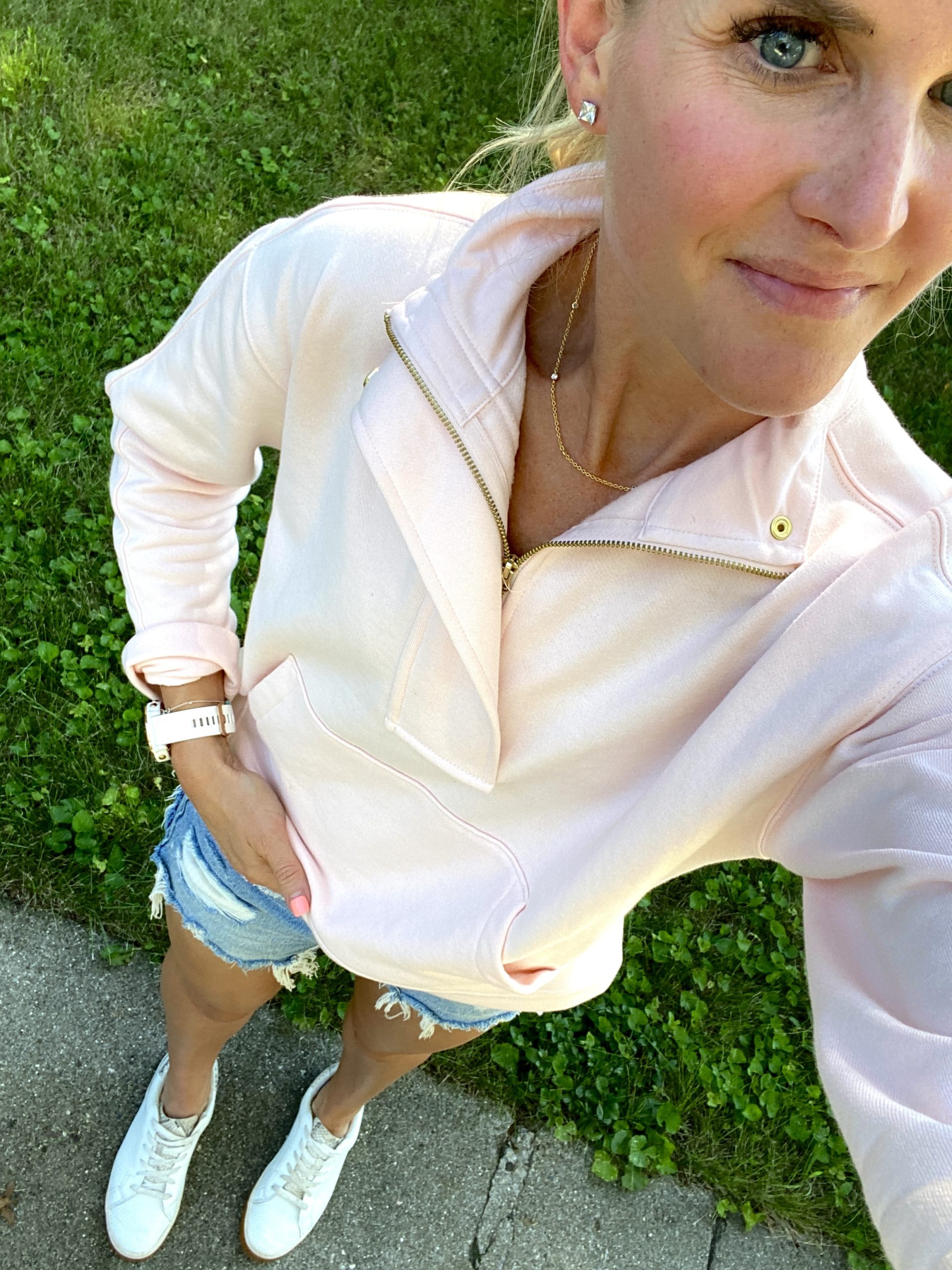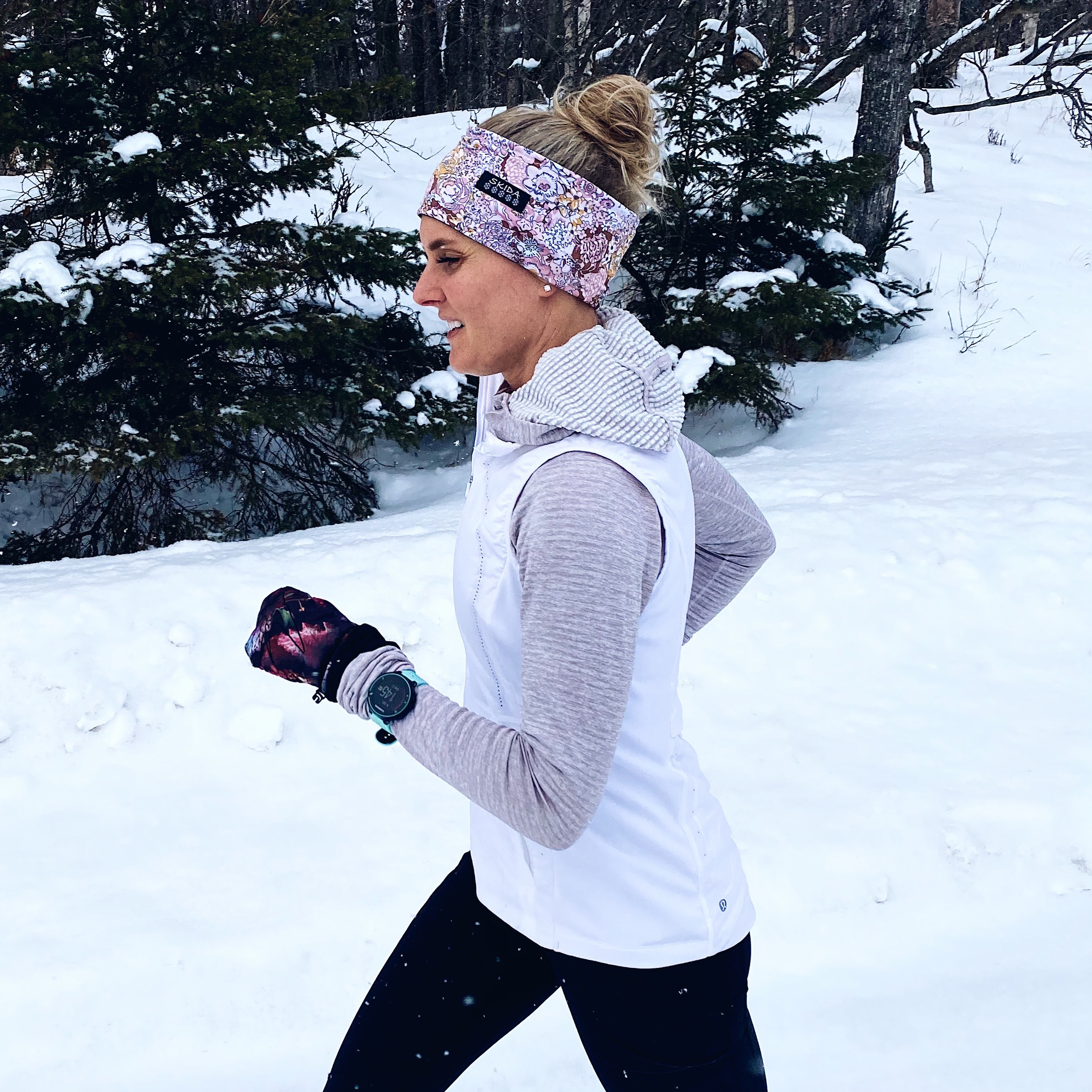My hamstring has been bothering me since the marathon at the end of September. I felt is strain a little while running the marathon around mile 14/15. I thought if I took care of it and laid low for a while, it would heal on its own. I was very diligent about taking time off, foam rolling, icing, and cross training, but it wasn’t getting better. I knew it was time to see the physical therapist after two months of no improvement.
I’ve had several people ask me about dry needling, so I thought I’d share a little more about it.

(Source)
What is dry needling?
Dry needling uses very thin needles to release trigger points in the muscle that may be bound up. The trigger point may be causing pain to the muscle or restricting range of motion. Inserting a needle into the muscle helps relieve the tension and returns the muscle back to its natural state.
How does dry needling work?
Dry needling uses a single needle inserted it into the area of the muscle that is the most painful. The physical therapist then pokes around until the muscle twinges and releases. They may continue to poke around in the same area releasing all of the trigger points until the muscle no longer twinges. The twinge is evidence that the muscle is releasing and relieving tension.
Does it hurt?
I rarely feel the needle being inserted into the muscle, but I definitely feel the twinges. They can be pretty painful and often cause me to jump. The pain quickly subsides, but the physical therapist is very good about reminding me to tell her if the pain is too uncomfortable.
The results?
The results are instantaneous! I instantly feel the difference. The muscle is able to stretch more, and I no longer feel the pain. Plus, I am able to run and workout the very next day—the physical therapist actually encourages easy to moderate exercise. I also appreciate that I don’t have to go back for multiple sessions of dry needling.
This map shows where dry needling is (and is not) approved in the US.

(Source)
I would highly recommend dry needling if you have exhausted all other efforts to heal a muscular injury. I spent two months foam rolling, resting, icing, stretching, cross training, but nothing would heal my hamstring. After ONE session of dry needling I am 95% healed. (I might have to go in for one more session because I think the physical therapist missed one spot.) But, seriously, I have been blown away by how effect it is.
I was asking the physical therapist if it is relatively new since I don’t know that I’ve heard anyone else talk about it. As with most medicine practices, a form of dry needling does date back about 50 years, but this actual process is relatively new. She said dry needling is very common on the East Coast and in Colorado, but not much beyond those areas. She said she’s heard of people in Utah driving to Colorado just to receive dry needling treatments, so I feel pretty fortunate it is right down the road for me.
If you have any questions about dry needling, feel free to comment below.
~~~~~~~
Question
Has anyone else tried dry needling?





My husband and I have both experienced dry needling. He had his to reduce swelling in a badly broken ankle. He needed a plate and 12 screws put it back together. After 2 sessions, the swelling was gone. I had it during the course of treatment to strengthen/help my abdominus rectus. Some days, the muscle would be so tight in my lower back that they could barely get the needle in – and then it’d twist around, sounding like a squeegee. It was wild. Sadly, our awesome physical therapists were in Maryland and we’re now in California, which I see doesn’t allow the practice. At 36 weeks pregnant, I wouldn’t mind the relief right about now!
Thanks for explaining the practice!
I am actually a nurse practitioner that works at a physical medicine clinic. Most of what I do all day long are trigger point injections. I actually inject a combination of lidocaine & Traumeel, an all natural anti-inflammatory, directly into trigger points. I am fortunate that when I have a running injury, I am able to inject myself with the combination. It definitely is effective! Glad to here you were able to get in for you session, and are back into running. I know how hard it is to not be able to run!